This material absorbs more than 99% of the light that strikes it, making it useful in applications ranging from solar energy to astronomy.


This material absorbs more than 99% of the light that strikes it, making it useful in applications ranging from solar energy to astronomy.

A team of international scientists has unveiled a solution to the age-old challenge of generating high-energy radiation.
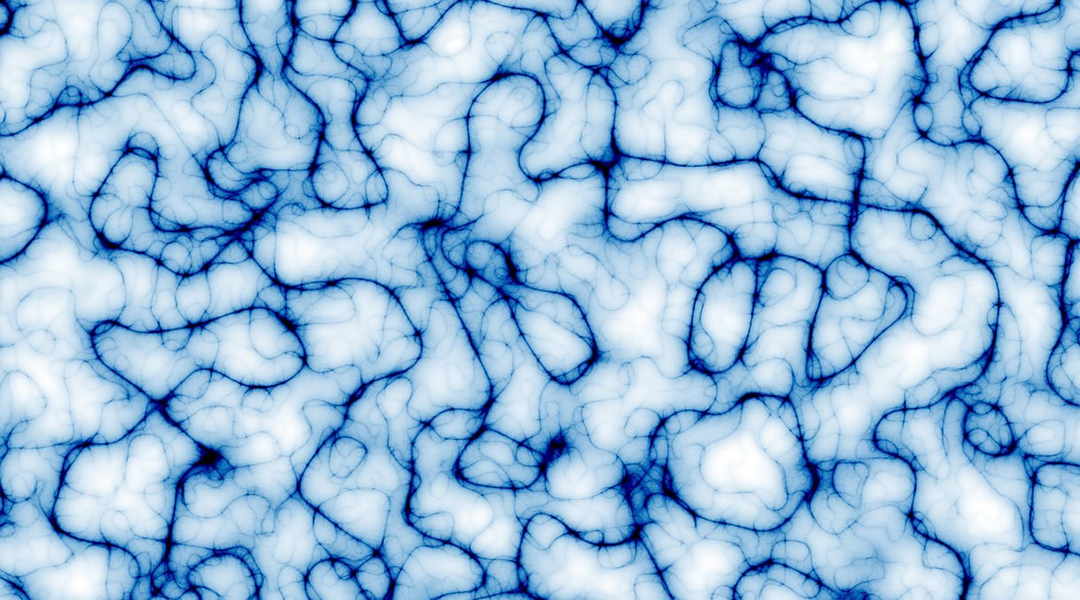
Harnessing Alfvén waves, scientists take a step closer to clean and abundant energy by learning how to tame runaway electrons in fusion reactors.
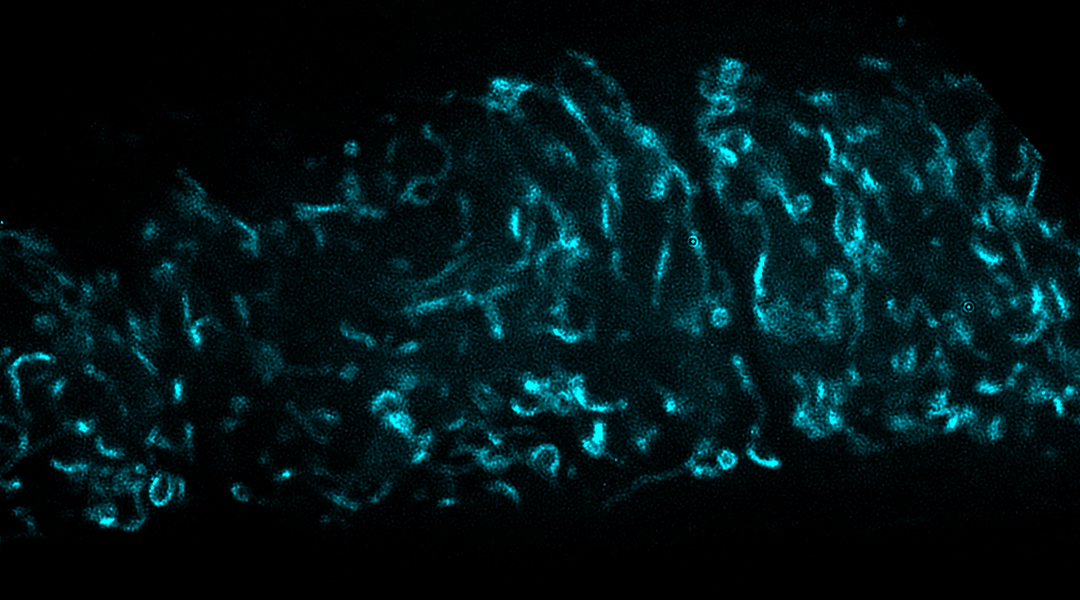
New study reveals the crucial role of mitochondria in female reproductive aging, offering potential insights into improving fertility preservation and IVF outcomes.
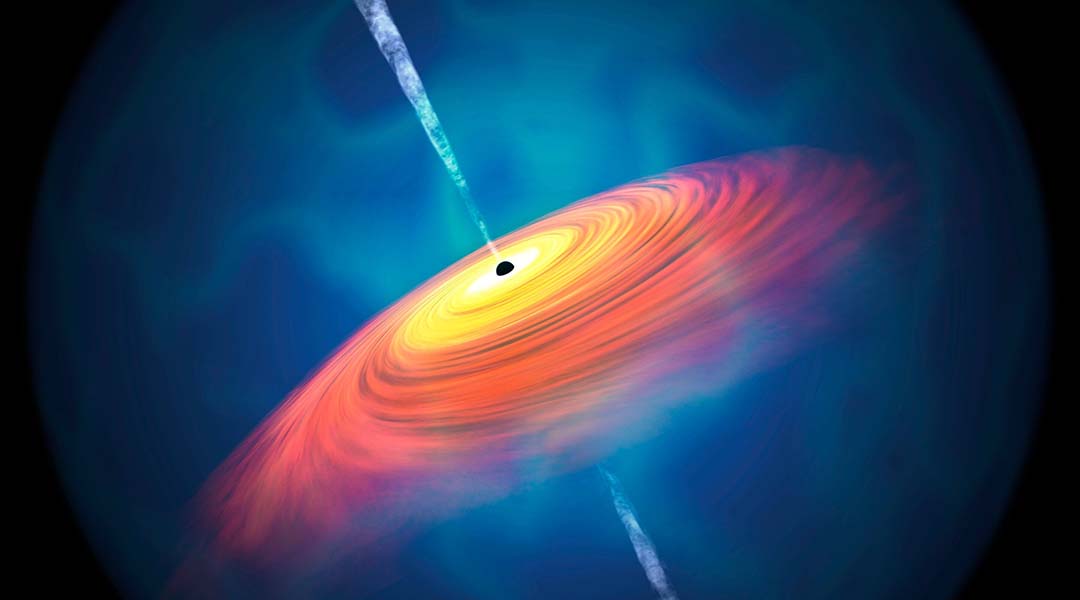
Scientists have only observed supermassive black holes one billion years after the Big Bang, but astrophysicists have now breached this barrier.

An engineered skin with a new secret ingredient helps avoid harmful inflammation while speeding up the wound healing process.
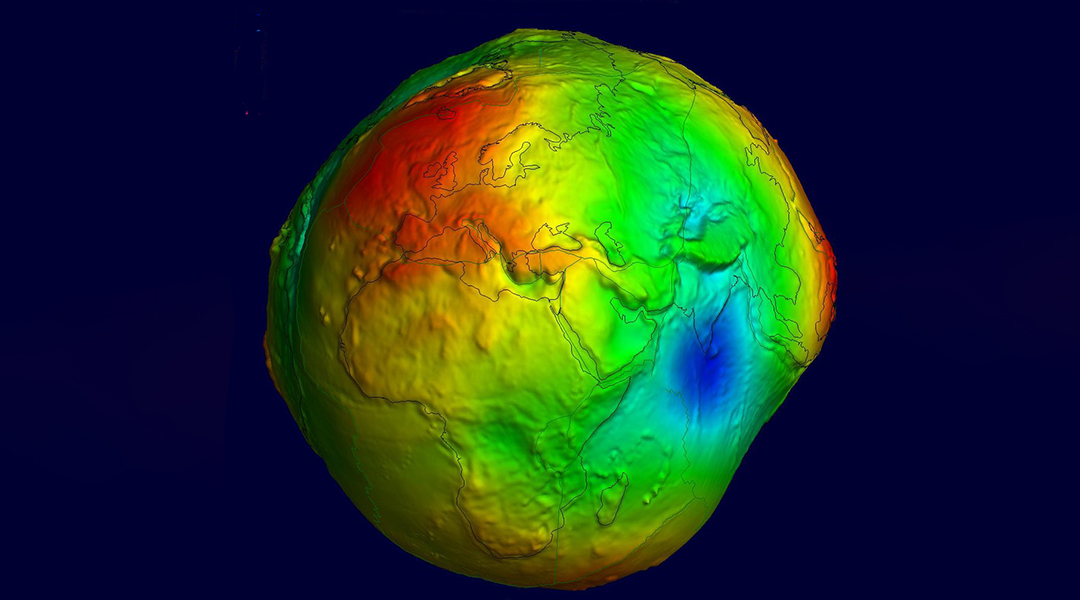
The mystery around a region where Earth’s gravitational pull is weaker than other parts of our planet may finally have an answer.
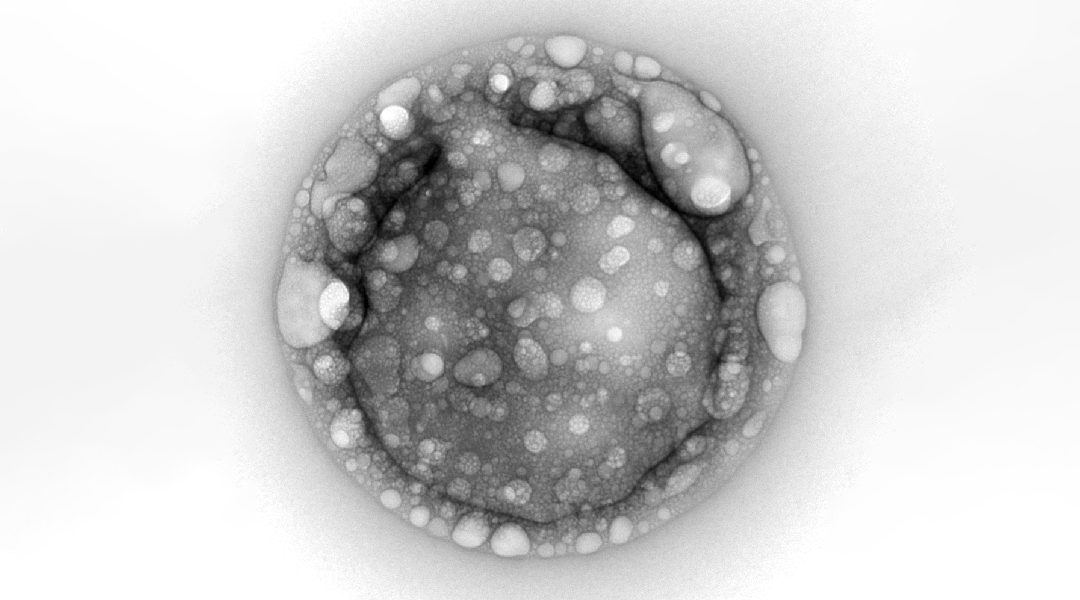
What role could non-biological molecules have played in helping primitive biological and chemical systems evolve into their current, complex forms?

Researchers investigate dark photons as alternatives to dark matter, aiming to detect these particles through experiments involving the conversion of light.
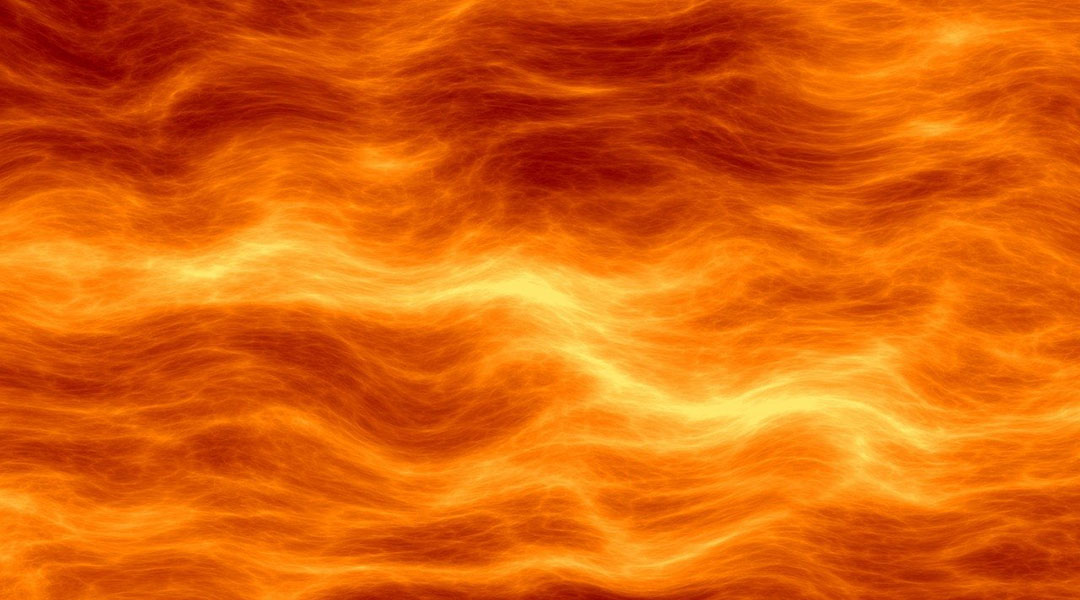
The most compact nuclear fusion reactor built to date could provide a more affordable and sustainable means of future fusion energy.